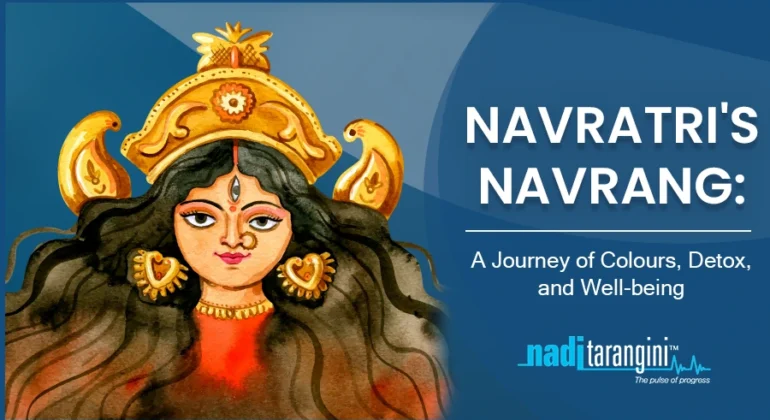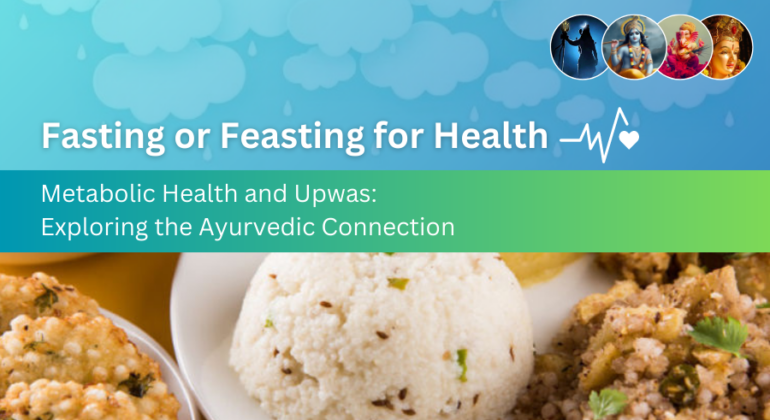Cultural Celebrations, Fasting, Festival, Festivals and Celebrations, Happiness, Health, Health and Wellness, Indian Traditions and Rituals, Nutrition, Traditional Indian Festivals, Wellness
Navratri’s Navrang: A Journey of Colours, Detox, and Well-being
The festival of Navratri is a vibrant and joyous celebration that holds a special place in the hearts of millions of people in India and worldwide. This nine-night festival, dedicated to the worship of the goddess Durga, is a religious observance and a cultural extravaganza …



